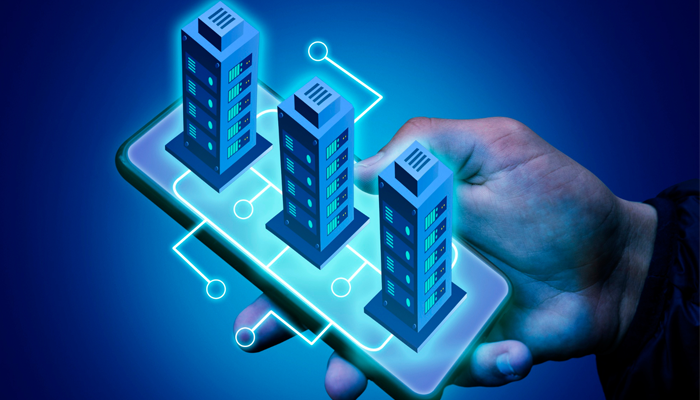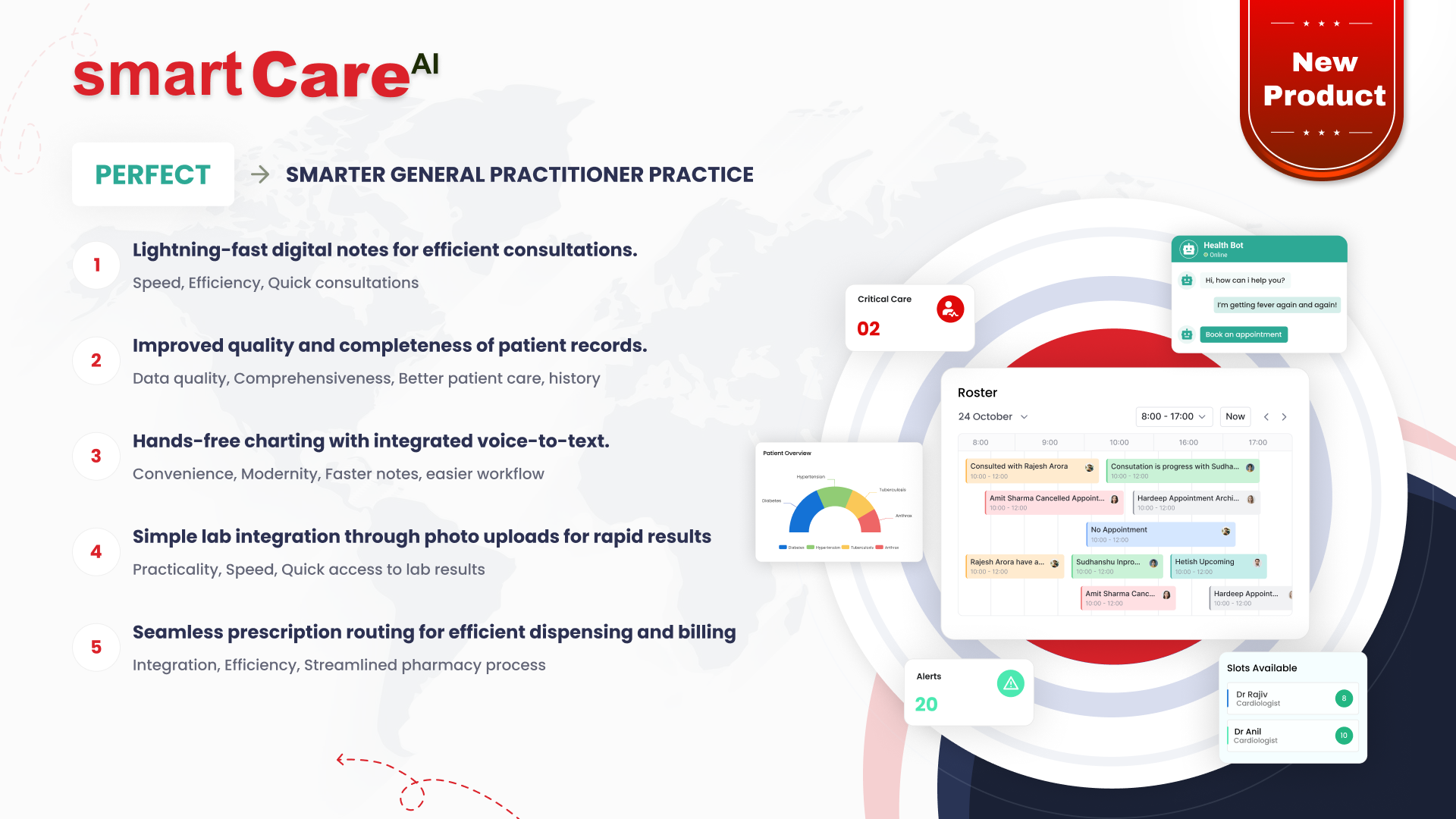Posted On July 26, 2024
Strategic planning in technology development
Key Components:
- Adapting to Rapid Technological Change:
The technology landscape is constantly changing, making it difficult to stay current with new platforms, trends, and tools.
- Data Overload:
With an abundance of data available, it can be challenging to determine which metrics are most important and how to interpret them effectively.
- Limited Resources:
Organizations often face constraints in terms of budget, time, and personnel, which can limit their ability to implement strategic initiatives.
- Isolated Departments:
When departments operate in isolation, it can lead to a lack of collaboration and alignment on strategic technology initiatives.
- Changing Consumer Behaviour:
As consumer preferences and behaviours evolve, companies must adapt their technology strategies to meet these new demands.
- Cybersecurity Threats:
The increasing frequency and sophistication of cyberattacks require continuous investment in cybersecurity solutions and training.
- Differing Priorities:
Aligning the priorities of IT and business units is crucial but can be challenging due to differing objectives and perspectives.
- Resistance to Change:
Implementing new technologies often meets resistance from within the organization, which can slow down or derail strategic plans.
- Lack of Leadership:
Without strong leadership support, strategic plans may not be effectively communicated or prioritized within the organization.
- Poor Communication:
Clear communication is essential for the successful execution of a strategic plan, but it can be a significant hurdle if not managed properly.

Key Components:
- Technology Roadmap:
A clear outline of the planned technology initiatives and their expected impact on the business.
- Evaluation Metrics:
Criteria to measure the success of technology initiatives.
- Professional Development:
Ensuring staff are trained and capable of integrating new technologies.
- Technology Assessment:
A thorough analysis of current technology and future needs.
- Sustainable Strategy:
A plan that ensures technology growth is manageable and aligns with long-term business goals.
Planning Process Steps:
- Establish a supervising Committee:
Gather a team of stakeholders to guide the strategic planning process.
- Review Current Setup:
Assess the existing technology and infrastructure.
- Interview Key Individuals:
Gather insights from employees across different departments.
- Analyse and Assess Data:
Use the information gathered to identify gaps and opportunities.
- Develop the Plan:
Create a detailed strategy that includes specific actions, timelines, and resource allocations.
An effective strategic plan in tech development not only sets a direction for technology investments but also ensures that these investments deliver value to the business. It’s about making informed decisions that will drive innovation, efficiency, and competitive advantage.








